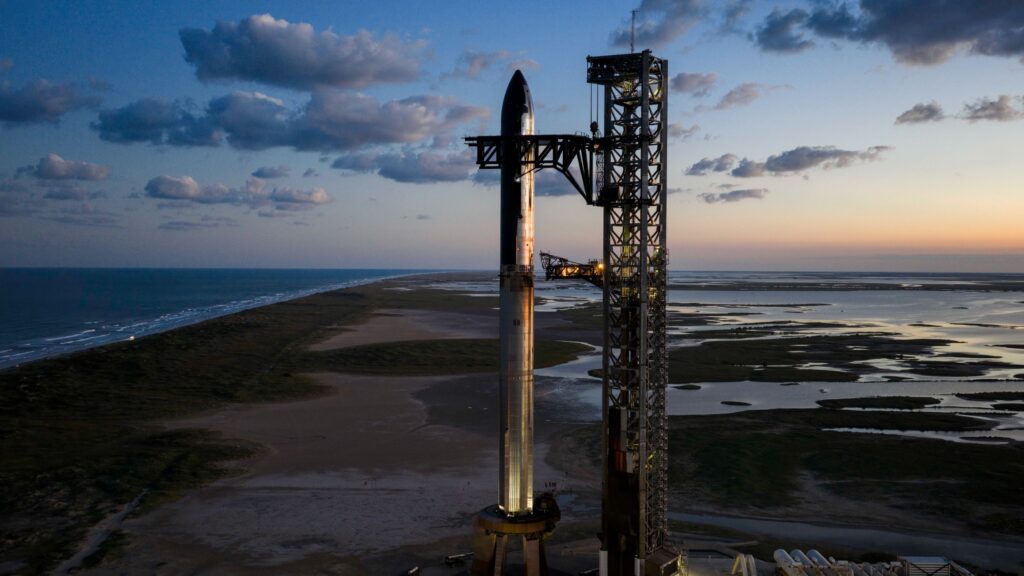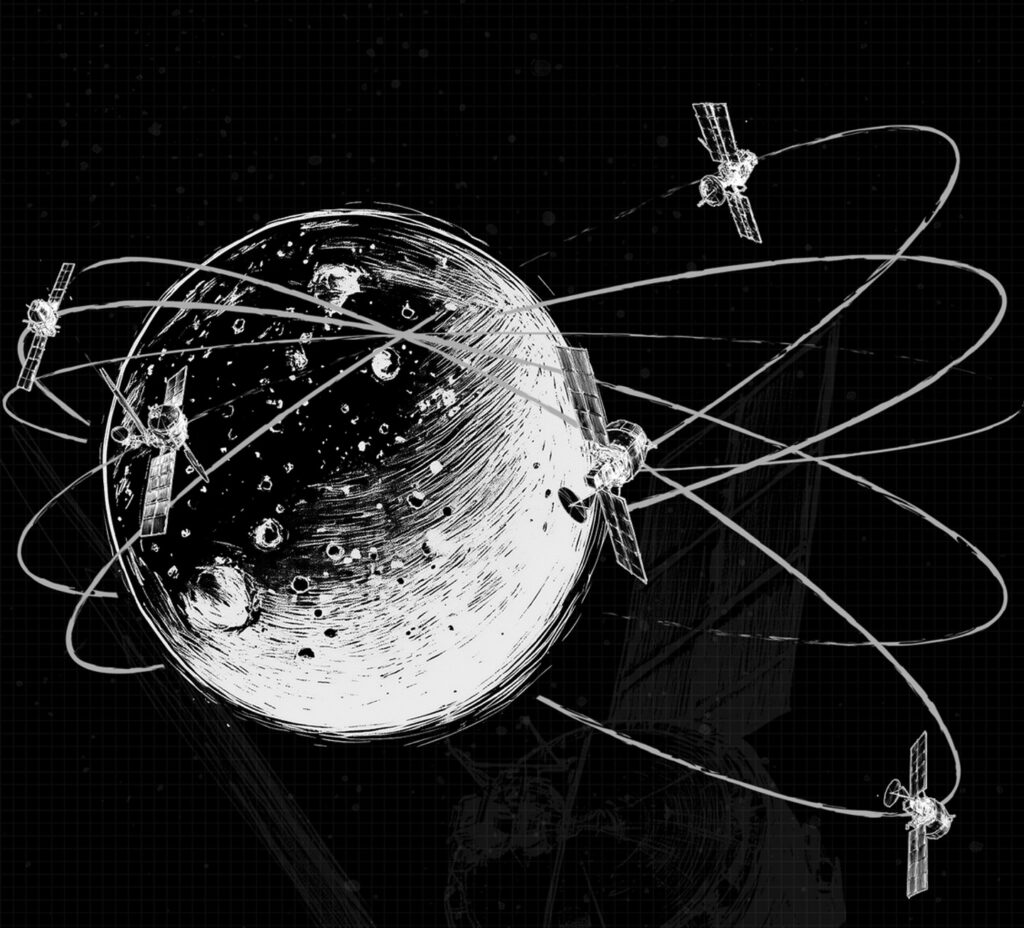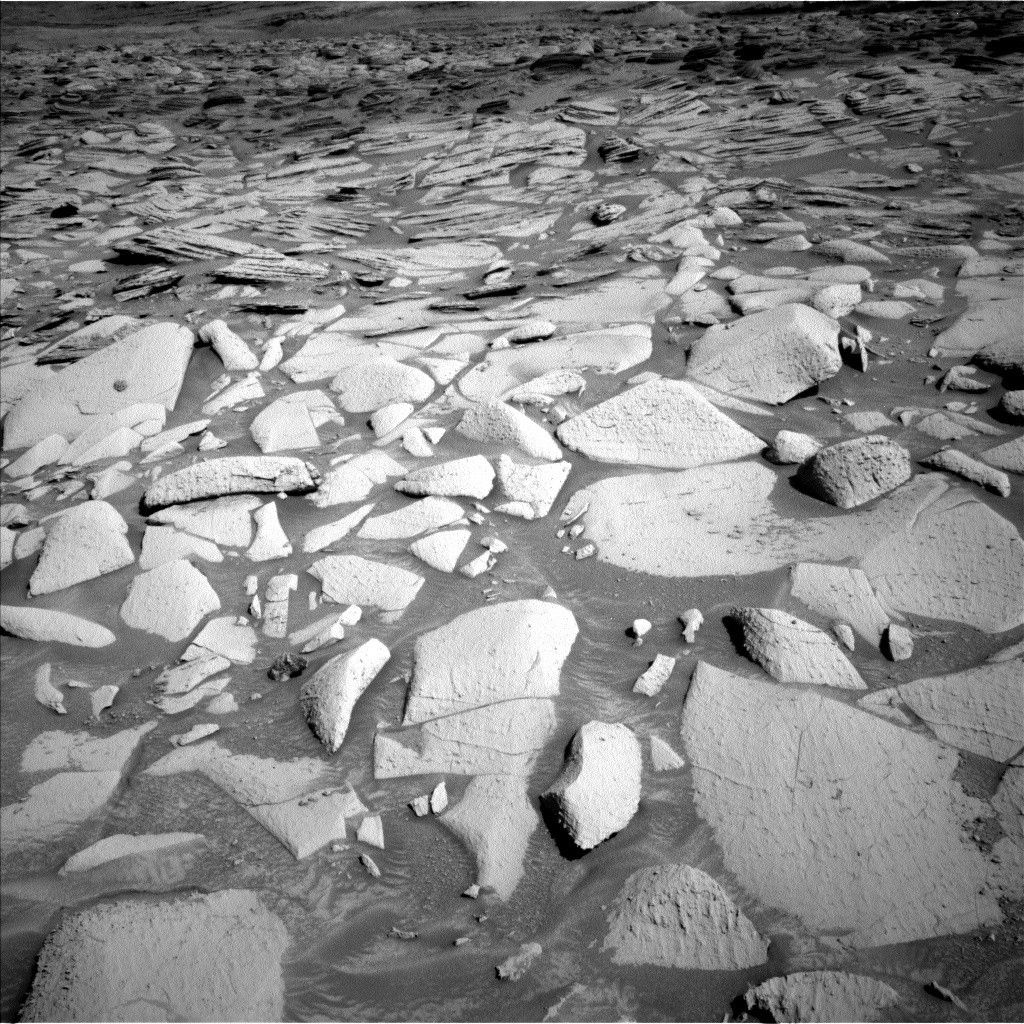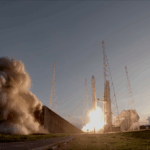Now Reading: DARPA requests proposals for water-prospecting lunar orbiter
-
01
DARPA requests proposals for water-prospecting lunar orbiter
DARPA requests proposals for water-prospecting lunar orbiter
WASHINGTON — DARPA is seeking proposals for a small lunar orbiter that could be used to test operations in very low orbits while prospecting for water ice.
DARPA issued a program solicitation April 14 for a mission concept called Lunar Assay via Small Satellite Orbiter (LASSO). The agency is seeking proposals for design studies that could lead to construction of a spacecraft.
In its solicitation, DARPA said its interest in LASSO is two-fold. One is to test navigation and propulsion technologies needed for operating in very low orbits around the moon, at altitudes as low as 10 kilometers. At those low altitudes, irregularities in the moon’s gravitational field caused by mass concentrations make it challenging to maintain a safe orbit, requiring frequent maneuvers.
The technologies needed for operating in those low orbits could have applications more generally in cislunar space, DARPA argues, citing the Space Force’s interest in cislunar space situational awareness (SSA). “Sustained and advanced maneuverability for spacecraft is key to enabling further improvements of SSA in cislunar space,” the solicitation states.
Besides testing operations in low orbits, LASSO would also map the lunar surface for concentrations of water ice “that are large enough and with a high enough confidence to justify the expense and energy required to retrieve it,” the solicitation states. The goal would be to cover the entire lunar surface in no more than four years, identifying all regions where subsurface water ice concentrations are at least 5%.
“LASSO will benefit DARPA, and eventually [the U.S. Space Force], by establishing new technologies that can offer increased maneuverability and SSA while also supporting commercial space capabilities and NASA missions by identifying the existence of proven reserves of water,” DARPA concluded in the solicitation.
DARPA is seeking six-page abstracts from organizations on their concepts for LASSO, followed by oral presentations. The agency expects to pick several for a six-month conceptual design study, called Phase 1A, followed by an 18-month Phase 1B to advance their concepts through a critical design review.
The agency then expects to pick one provider for Phase 2, a one-year effort to build the LASSO spacecraft. DARPA’s involvement with LASSO would end with the completed spacecraft, but the solicitation states that it would work with NASA to arrange a launch of the spacecraft. The spacecraft is required to fit on a payload adapter known as ESPA, a common interface for secondary payloads.
NASA’s own efforts to search for water at the moon have been stymied by technical and fiscal problems. NASA launched the Lunar Trailblazer smallsat Feb. 26, which was to go around the moon to search for water ice. That spacecraft, though, suffered problems hours after launch and, in the last update issued by NASA on the mission March 12, the agency said its prime science mission “is no longer possible.”
NASA was also developing the Volatiles Investigating Polar Exploration Rover (VIPER) mission to prospect for ice in the south polar regions of the moon, but the agency said in July 2024 it would not launch it on Astrobotic’s Griffin lander as planned because of cost and schedule issues. NASA is now seeking proposals for partnerships with industry to fly VIPER at no additional cost to NASA.
DARPA does not include a budget for LASSO in the solicitation, but does require proposals to include a “rough order of magnitude” cost estimate in their abstract and a more detailed price in their oral presentation that DARPA says should be “reasonable, realistic, and affordable.”
LASSO is the latest effort by DARPA related to the moon. In 2023, the agency announced the 10-Year Lunar Architecture, or LunA-10, project to study needed lunar infrastructure, from power to transportation. DARPA selected more than a dozen companies to conduct studies on those topics, including how they would work with one another.
The results of LunA-10 will be published in May as “The Commercial Lunar Economy Field Guide,” said Michael Nayak, a program manager at DARPA, during a session at the 40th Space Symposium April 9. The guide, he said, “is one vision of how we can get to that fully functioning circular lunar economy in the next 10 years.”
That led to a second effort called the Lunar Operating Guidelines for Infrastructure Consortium (LOGIC), sponsored by DARPA and managed by the Applied Physics Lab, open to companies and organizations worldwide. “Our goal is to use this forum to figure out commercial-to-commercial issues,” he said, through standards development and experimentation.
The work on LunA-10, he said, demonstrated the need for large-scale power systems to support any mining activities there, as well as thermal systems that can take waste heat from spacecraft or provide heat to them to allow them to survive the lunar night.
He also hinted at the LASSO procurement, which was not ready in time to be announced at the conference, saying DARPA was interested in “very-low-altitude prospecting around the moon.”
Stay Informed With the Latest & Most Important News
-
 012024 in Review: Highlights from NASA in Silicon Valley
012024 in Review: Highlights from NASA in Silicon Valley -
 02Panasonic Leica Summilux DG 15mm f/1.7 ASPH review
02Panasonic Leica Summilux DG 15mm f/1.7 ASPH review -
 03From Polymerization-Enabled Folding and Assembly to Chemical Evolution: Key Processes for Emergence of Functional Polymers in the Origin of Life
03From Polymerization-Enabled Folding and Assembly to Chemical Evolution: Key Processes for Emergence of Functional Polymers in the Origin of Life -
 04How New NASA, India Earth Satellite NISAR Will See Earth
04How New NASA, India Earth Satellite NISAR Will See Earth -
 05And Thus Begins A New Year For Life On Earth
05And Thus Begins A New Year For Life On Earth -
 06Astronomy Activation Ambassadors: A New Era
06Astronomy Activation Ambassadors: A New Era -
07SpaceX launch surge helps set new global launch record in 2024





















